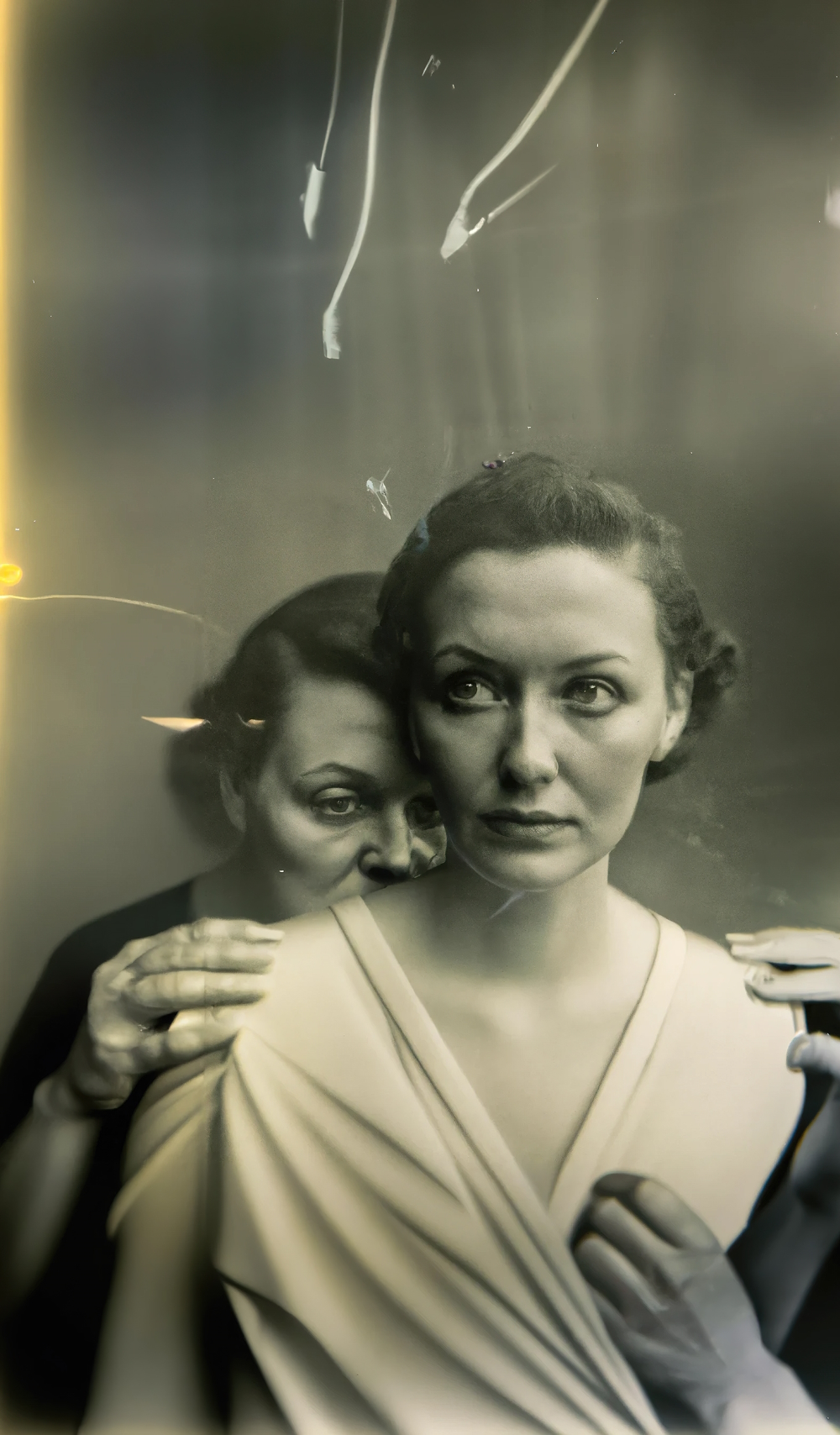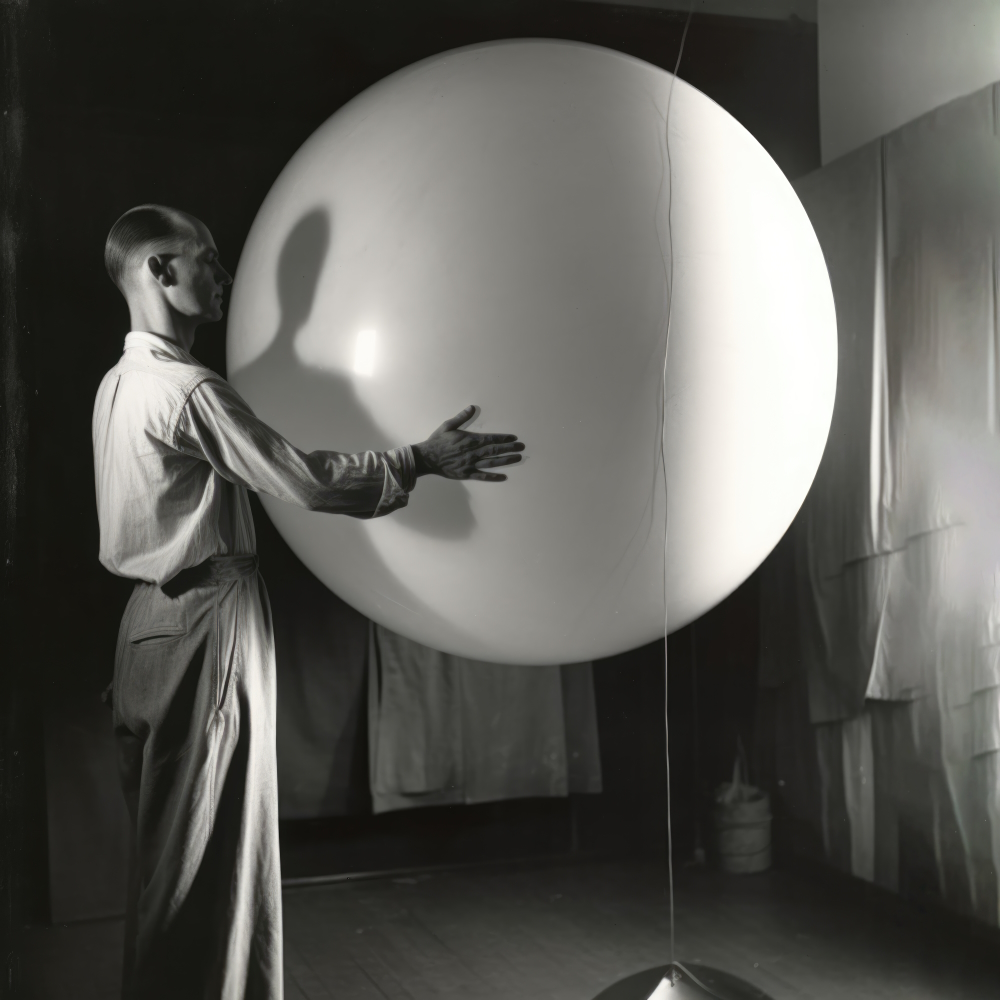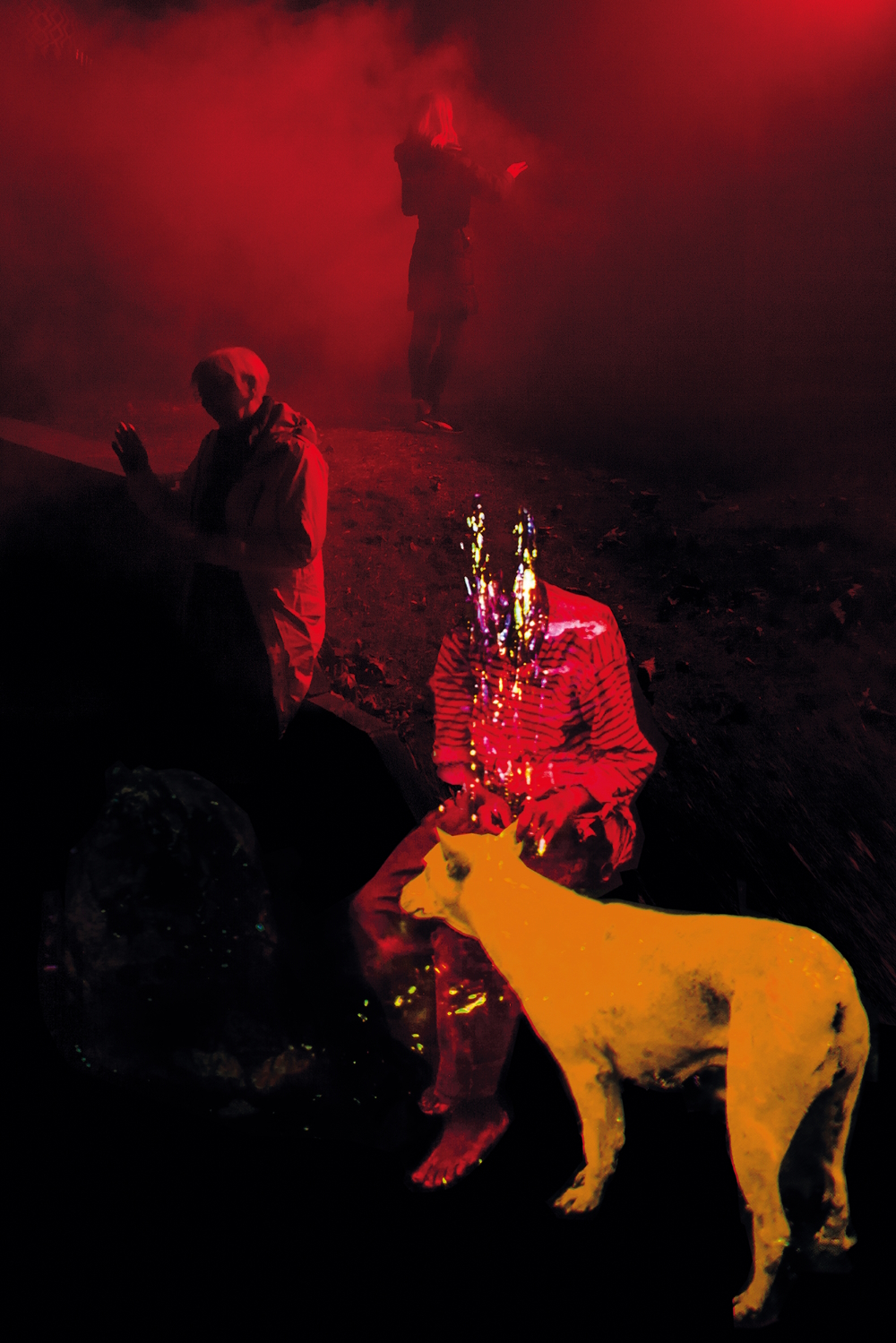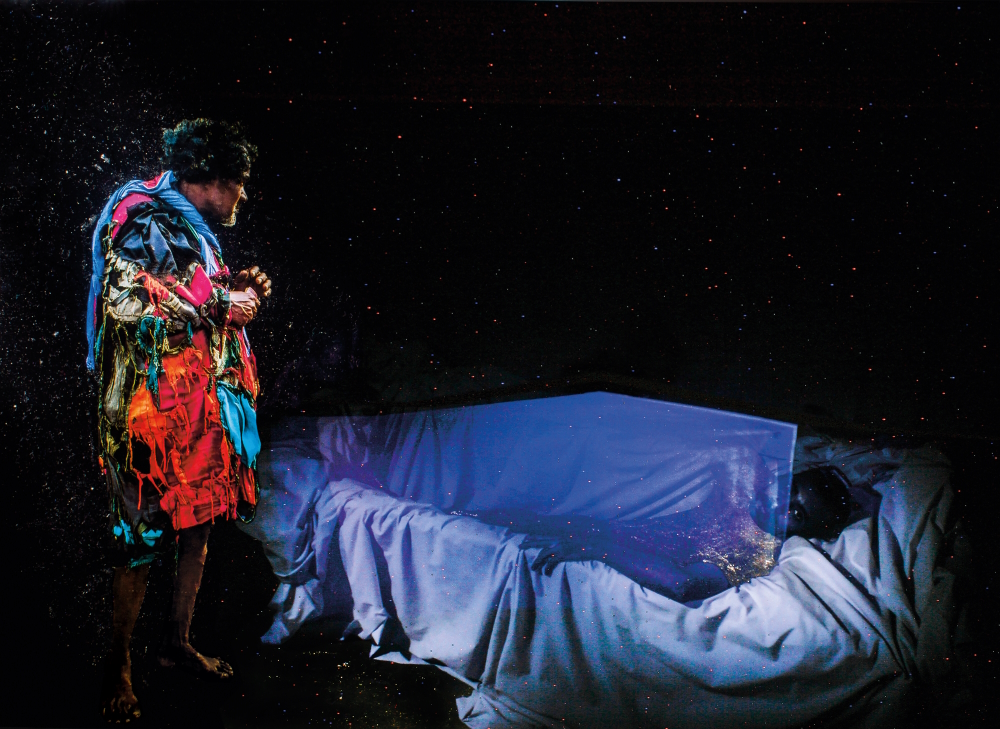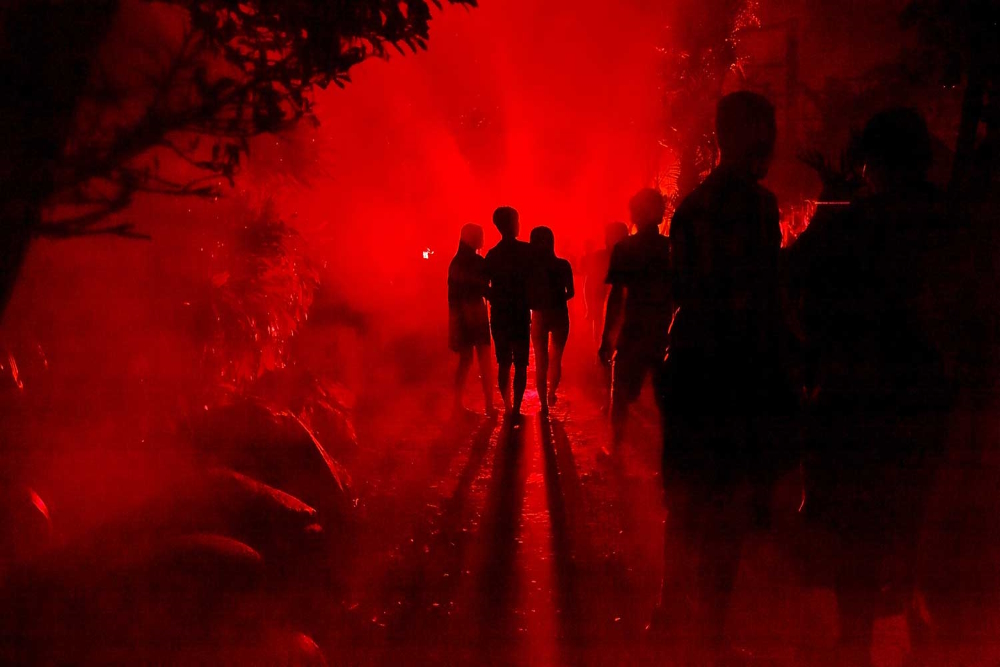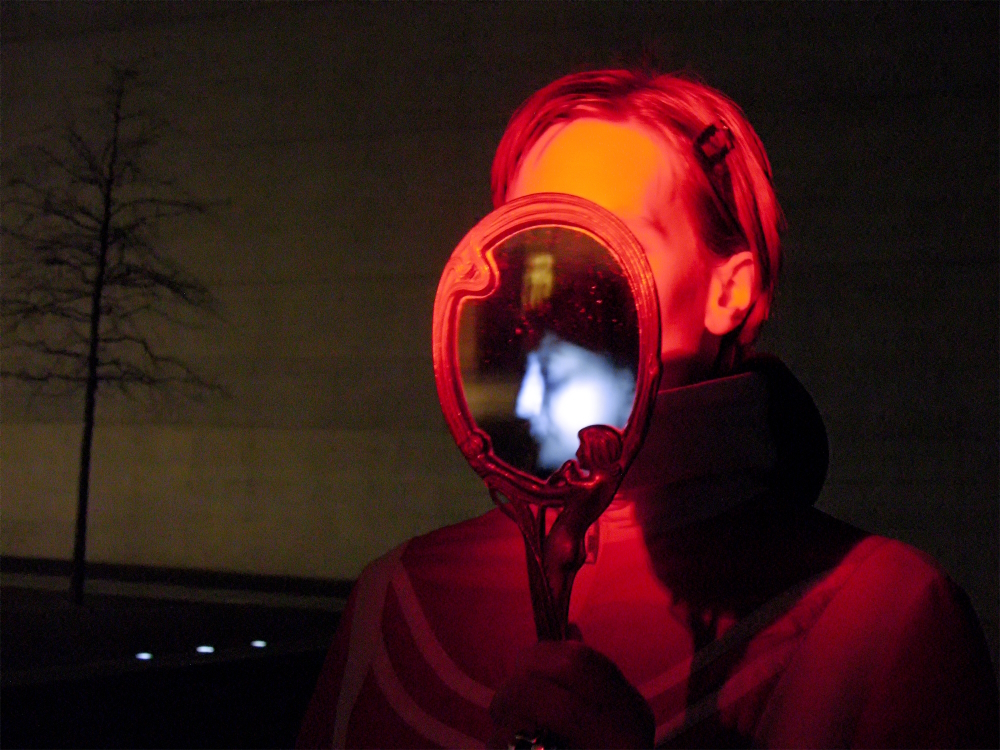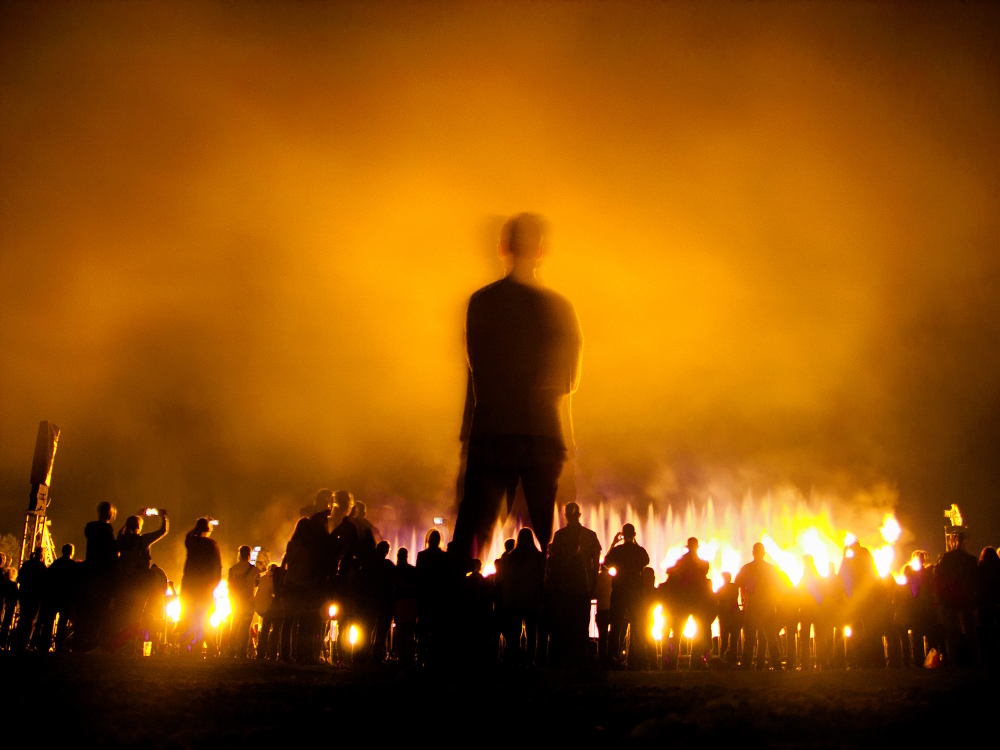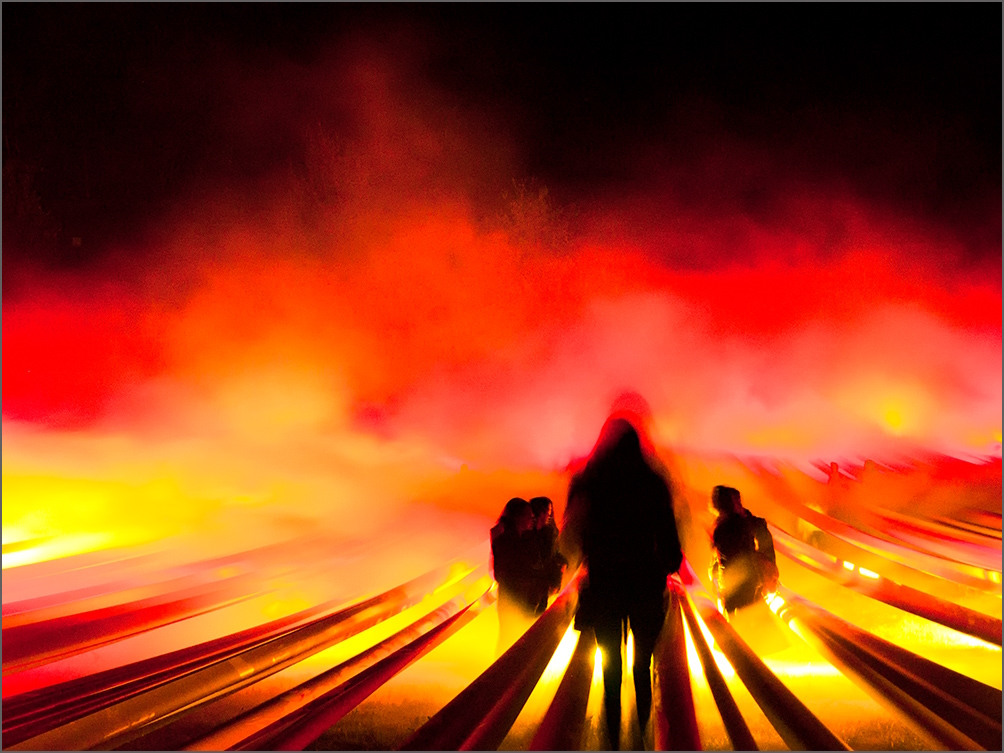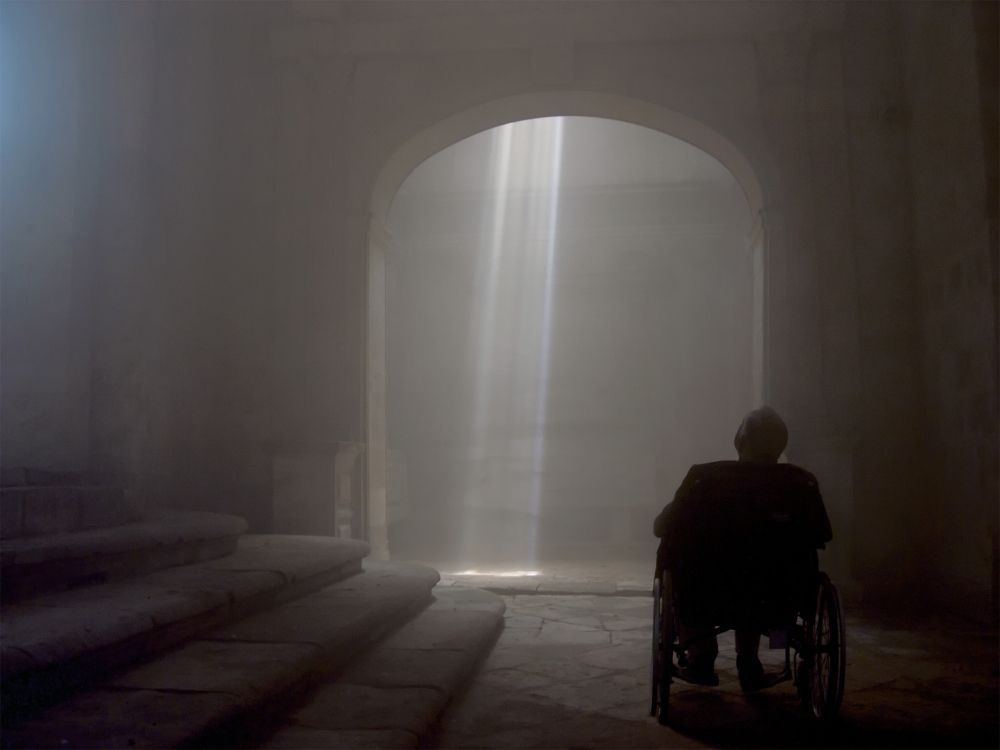Boris Eldagsen
Sony World Photography Award winner / AI expert / awarded ‚real‘ photographer
Germany
The announcement of the winner in the ‚Creative‘ category gave The Sony World Photography Awards 2023 a historic moment: for the first time in the 16 year long history of the leading photography competition a picture made it that was generated by A(rtificial) I(ntelligence)! As soon as its creator was informed about the 1st prize, he let the British organizers know the secret behind the hauting ‚photo-like‘ image of two women with a 1940’s retro vibe. The German who had participated in the contest a few times prior and never once got shortlisted, also said that he was not accepting the reward and instead suggested to the organizers to donate the prize money to an Ukranian photo festival. His actual concern was that he „wanted to see if such a competition was equipped to handle the AI revolution“ (odsc.medium.com) and spark a general debate about this constantly optimized software that can be used by everybody. The news made headlines internationally and speeded up an open discussion on this serious topic (including the possibility of manipulating documentary photos easily). Despite the initiator has gotten in the news with the focus on AI, he has a long career as a ‚real‘ photographer with many interesting projects.
Boris Eldagsen
Sony World Photography Award winner / AI expert / awarded ‚real‘ photographer
Germany
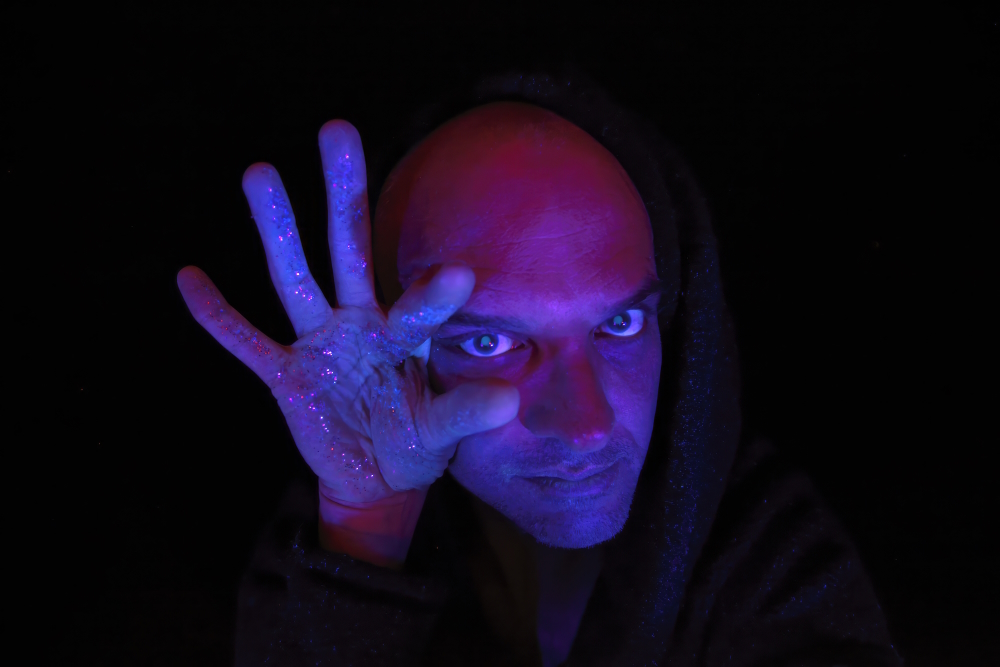
Philosophy and psychology. These two p-words describe essential elements of Boris Eldagsen’s varied visual work. It is based on solid education. Being born in the Germany’s South-West (* 1970 in Pirmasens) he completed various courses of study - media & drama, philosophy, visual art, conceptual art & intermedia studies - at different universities in Germany, the Czech Republic and India between 1991 and 2002. The visit of a masterclass by US-American photographer Roger Ballen in 2013 is also an important part of his coaching. Already during his studies in 1996 Mr. Eldagsen received the Best Student Award – the first of many still to come (including the Prix Partouche du Court Métrage Expérimental at the Biennale d’Art Contemporain in Le Havre/France, the Prix Voies Of in Arles/France or the Photography Show Award at the FORMAT Festival in Derby/UK). Since 2004 he is commissioned as a lecturer at universities respectively colleges in Germany as well as Australia, gives workshops and has exhibited around the globe.
In the due course of his career Boris Eldagsen has set up various artistic projects – some on his own, others in collaborations. THE POEMS (2010-2017) „communicate with us on a dream-like level, in the language of the subconscious. Their visual poetry transports the viewer between the sublime and the uncanny, where photography, painting, theatre and film flow together. The work is shown as a site-specific installation, with changing combinations of wallpaper, objects, photographs and video.“ The OTHER POEMS (2015 until present) “is a further development of the meta-series THE POEMS. In contrast to the latter, each picture has its own title. The work is shown as a site-specific installation, with changing combinations of wallpaper, objects, photographs and video.“ 2018 brought The Chamber of Reflection: „The Anteroom resembles a burial cave, equipped with symbols of death and destruction. The candidate is locked inside to meditate on life and death and to face his or her own fears and demons. When one descends underground, one experiences a symbolic death by "searching within oneself for the truth" before emerging clear and purified. This work was inspired by the initiation well of the "Quinta da Regaleira" in the World Heritage Site of Sintra, Portugal, and produced in and around Lisbon.“ THE RABBIT HOLE (2021) is described on dfa.photography as follows: „This work does not refer to a specific social or political problem, but to the origin of all questions and problems. This work is not about religions, but it contains all religions. It is about the nature of human beings, and the underlying conditions of suffering and hope.“ On the occasion of the site-specific installation THE OTHER SIDE & THE RABBIT HOLE Roger Ballen said: „These images from the Rabbit Hole series are truly unique, unforgettable and above all powerful."
A complex classification of Boris Eldagsen's output could be read on artland.com: „Firmly rooted in his philosophy education, Boris Eldagsen’s photomedia work explores the limits of what can be depicted“, states atland.com. „Utilising a combination of street photography with staged works, he does not resort to excessive digital effects but still manages to portray images of the unconscious, archetypical, and unspoken that lie beneath our external surfaces. Eldagsen’s work connects painting, film, and theatre to defy our conceptions of photography and leverages light and shade to force the audience to consult their deepest thoughts and memories.“
The artist formerly known for using the usual technical possibilities of his genre for long and who prefers to work at night primarily still, has adapted to the latest software in the meantime as shown on his artistic experiment called ‚Geist siegt über Materie - KI-generierte Bilder‘ (‚Mind triumphs over matter - AI-generated images‘): „For me, working with AI is a logical continuation of my artistic journey inwards“, Boris Eldagsen told talking-pictures.net. „I now work purely from my imagination. I no longer need models, a location, or a camera; my technical, art historical, and creative knowledge becomes the creative material itself.“
On his website the artist gives an outlook into the future of the genre he's active in: "Just as photography replaced painting in the reproduction of reality, AI will replace photography. Don’t be afraid of the future. It will just be more obvious that our mind always created the world that makes it suffer."
Boris Eldagsen works from Berlin (Germany), his centre of life since 1997.
Interview May 2023
Stress test for the photography community & the world: AI generated pictures – creativity chance or fakes‘ flood?
INTUITION/IMAGINATION
?: How does intuition present itself to you – in form of a suspicious impression, a spontaneous visualisation or whatever - maybe in dreams?
It often comes as a series of ideas in the middle of the night. I wake up and can’t stop making notes.
?: Will any ideas be written down immediately and archived?
Yes, on my smartphone.
?: How do you come up with good or extraordinary ideas?
Creativity has two sides, like an iceberg. There is the conscious part (above the water surface): It is conceptual, analytical, we can talk about it in words. And there is an unconscious part (below the water surface), which is emotional, intuitive, dark, hard to put in words, hard to see where it is ending. To create strong works, both need to communicate with each other. It doesn’t matter on which side you start the creative process, but if you are unable to move to the other side during the process, you get stuck in a creative block.
?: Do you feel that new creative ideas come as a whole or do you get like a little seed of inspiration that evolves into something else and has to be realized by endless trials and errors in form of constant developments until the final result?
Both.
?: What if there is a deadline, but no intuition? Does the first fuel the latter maybe?
You need to relax and trust your intuition. Take a shower, clean the dishes, go for a walk. It will work.
INSPIRATION
?: What inspires you and how do you stimulate this special form of imaginativeness?
Life. Just open your eyes and be conscious of the world around and inside of you.
?: How do you filter between ideas that are worthwhile pursuing and bad ones that you just let go of?
I feel it.
?: Does an idea need to appeal to you primarily or is its commercial potential an essential factor?
It has to appeal to me as much to a commercial potential.
?: Do you revisit old ideas or check what colleagues or competitors are up to at times?
Yes.
CREATIVITY
?: What time or environment best suits your creative work process — for example, a time and place of tranquility or of pressure? Which path do you take from theory or idea to creation?
I can work at any place and any time.
?: What’s better in the realization process — for example, speed and forcing creativity by grasping the magic of the moment or a slow, ripening process for implementation and elaboration?
Both works for me.
?: Do you have any specific strategies you use when you're feeling stuck creatively?
Yes. Referring to my creativity theory from above: find out on which side of the creative process you are stuck and continue with creative strategies that are related to the other side.
?: How important are self-doubt and criticism by others during such a process?
Both, depending on the creative task.
?: Should a creative person always stay true to him- or herself, including taking risks and going against the flow, or must the person, for reasons of commercial survival, make concessions to the demands of the market, the wishes of clients and the audience’s expectations?
As an artist: Stay true to yourself. As a commercial creative: meet expectations but only to a degree you are not betraying yourself.
?: How are innovation and improvement possible if you’ve established a distinctive style? Is it good to be ahead of your time, even if you hazard not being understood?
Work collaboratively, it will automatically change your style and give new ideas and workflows. Is it good to be ahead of time? Only if it is acknowledged later. Otherwise you are not a genius but a fool.
?: When does the time come to end the creative process, to be content and set the final result free? Or is it always a work-in-progress, with an endless possibility of improvement?
As an artist: I feel it. As a commercial creative: the deadline is the deadline.
?: In case of failure or, worse, a creativity crisis how do you get out of such a hole?
See my answer to what to do when you are stuck.
SUCCESS
?: “Success is the ability to go from one failure to another with no loss of enthusiasm.“ Do you agree with Winston Churchill’s quote?
Yes.
?: Should or can you resist the temptation to recycle a ‘formula’ you're successful with?
Yes. It is important not to become bored about what you do and keep the enthusiasm.
?: Is it desirable to create an ultimate or timeless work? Doesn’t “top of the ladder” bring up the question, “What’s next?” — that is, isn’t such a personal peak “the end”?
I do not create work for any of those reasons, I create work to touch people. And if the work is connected to the human condition, it can be both timeless and the next thing.
MY FAVORITE WORK:
I love THE ELECTRICIAN because it has all I want an artwork to have: mystery, openness, beauty. For me, art is an invitation to a journey inside. Don’t ask what the artist wants to tell you. Ask what kind of emotions, memories and thoughts the artwork triggers! And how you react to it and why.
